We caught up with the brilliant and insightful Howard Brown a few weeks ago and have shared our conversation below.
Howard, thanks for taking the time to share your stories with us today One of our favorite things to hear about is stories around the nicest thing someone has done for someone else – what’s the nicest thing someone has ever done for you?
I am a two-time stage IV cancer survivor 30 years apart: Stage IV non-Hodgkins Lymphoma in 1989 and stage IV colon cancer in 2016. The kindest thing anyone has ever done for me: My twin sister gave me her bone marrow (stem cells) to save my life in May of 1990. It worked, I lived and got 26 years of remission. I learned how to get back up again and again! I got married, we had a miracle daughter, launched startup companies and took them public.
Why was my sister’s gift the nicest thing someone has done for me?
My reminder of that gift is a four-by-three-inch plastic infusion bag that I’ve saved for more than 32 years. It’s smaller than a bag of frozen peas, and yellowing with age, but I’ll never get rid of it.
That bone marrow bag saved my life.
The story starts in 1989. I was 23 years old, recently graduated from Babson College, and had moved from Boston to Dayton, Ohio, for a great new job. A red bump appeared on my cheek; I didn’t think anything of it. But it kept getting bigger, from small marble to big marble to golf ball sized. My parents made me go to the doctor when I came home for a visit, and a biopsy was done on it. Four or five weeks later, the doctors called me in and said, “You have an appointment at the Dana-Farber Cancer Institute.”
That’s where I learned my diagnosis on October 7, 1989: stage IV T-cell lymphoma, a rare type of non-Hodgkin lymphoma.
I remember looking up at Eric Rubin, one of the doctors in the room, and asking what they were talking about. I was young, in great shape—playing basketball all the time, traveling around the country for work—and I needed to start chemotherapy immediately? It was surreal.
When I showed up at Dana-Farber for my first chemotherapy infusion, Dr. Rubin came to see me after my blood tests. He told me, “We’re not ready to start yet because your liver function tests are too high today. We need to send you on a field trip first.” I asked, “What do you mean? This cancer is aggressive—we need to act right away.” But he insisted, and the trip turned out to be to Newton-Wellesley Hospital so I could provide a sperm sample to be frozen in case I needed it later. Future kids were not on my 23-year-old mind, so I’m glad Dr. Rubin had the vision and wherewithal to make sure I did fertility preservation.
Chemotherapy started the next day. I did one protocol, relapsed, and then started another—and another. It seemed like I was getting blood and platelet transfusions all the time, but it turned out I needed a stem cell transplant to survive. My twin sister Cheryl—we call each other the “Wonder Twins” after the old cartoon superheroes—was tested, and turned out to be a perfect match as my donor. One of my other doctors, Robert Soiffer, said the chances were about 1 in 4 to find a perfect match in a sibling, even a twin.
I met my transplant team and they set the procedure for May 24, 1990. They explained that my body might reject the transplant immediately, or over time, or in the best case that Cheryl’s immune system would take over and kill the malignancies. First, they had to wipe out my immune system, which meant heavy-duty chemotherapy and then full-body radiation twice daily for five days leading up to the transplant. I knew there were risks. Some other people we met who had transplants immediately rejected the donor stem cells, but I put my faith in my doctors—George Canellos, Rubin and Soiffer—and my entire transplant team.
While I waited in a sterile and isolated room with my father, Marshall, on May 24, Cheryl was next door with our mother, Nancy, at Brigham and Women’s Hospital—watching her magenta-colored stem cells pass from her body into a small bag. Then the bag was whisked over to Dana-Farber for processing and delivered into my room, where Cheryl’s cells passed into me intravenously. Now we truly were wonder twins.
Once the process was done, the empty bag was just sitting there. I don’t know why I did this, but I picked it up and said, “Mom, put this in your purse.” Who does that? We still didn’t even know if the transplant was going to work, but for some reason I wanted that bag. She said OK. That was my bag of LIFE.
Because of my sister’s miraculous gift, in 2001, her gift kept on giving. The fact that I had frozen sperm before undergoing the heavy-duty treatment meant that my wife Lisa and I were able to welcome into the world our miraculous daughter, Emily.
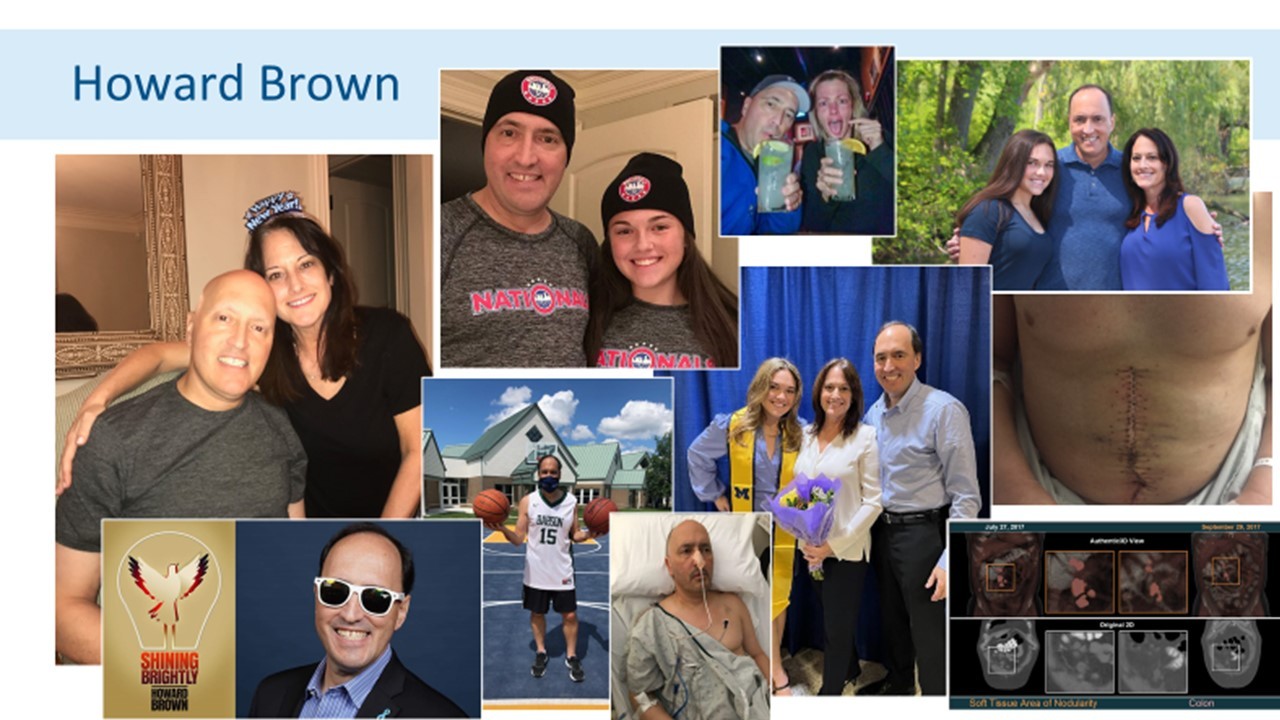

As always, we appreciate you sharing your insights and we’ve got a few more questions for you, but before we get to all of that can you take a minute to introduce yourself and give our readers some of your back background and context?
I graduated from Babson College, (www.babson.edu) the US News-ranked No. 1 school for entrepreneurial studies. I am a Silicon Valley technology entrepreneur. Wearing my sales and marketing hat, I have built and managed highly effective and productive sales, marketing and engineering start-up teams. I have designed and founded cloud-technology platforms that served the largest social networks in the world. I am a seasoned fundraiser drawing on angel investors, venture capital, private equity and family offices.
I also have worked throughout my life as a volunteer servant-leader. I have raised funds for nonprofit organizations that are deeply meaningful to me, including higher education, interfaith bridgebuilding and combatting cancer.
Unfortunately, at age 50 after a routine colonoscopy (the screening age is now 45 unless you have symptoms or family history), I was diagnosed with stage III colon cancer that progressed to stage IV metastatic colon cancer as it spread to my liver, stomach lining and bowels. My life came to a screeching halt for the second time in my life. During cancer diagnosis and treatment, you really do take stock of what is important in your life. Self-care, self-love, mental toughness, healing sleep, exercise, nutrition and finding a happy stress-free place with no negativity.
Eventually, when I was on the mend, it was time to help others, so I pivoted back to servant leadership. I shared my story—and my keys to resilience—with the world in the best-selling Shining Brightly. I crisscrossed North America as a speaker sharing my story to motivate and educate people to embrace gratitude and positivity. I launched my weekly Shining Brightly podcast to share how ordinary people—like me and you—can overcome all obstacles that may come our way.
If we can shine brightly a little each day for ourselves, others and our communities, the world will be a better place!
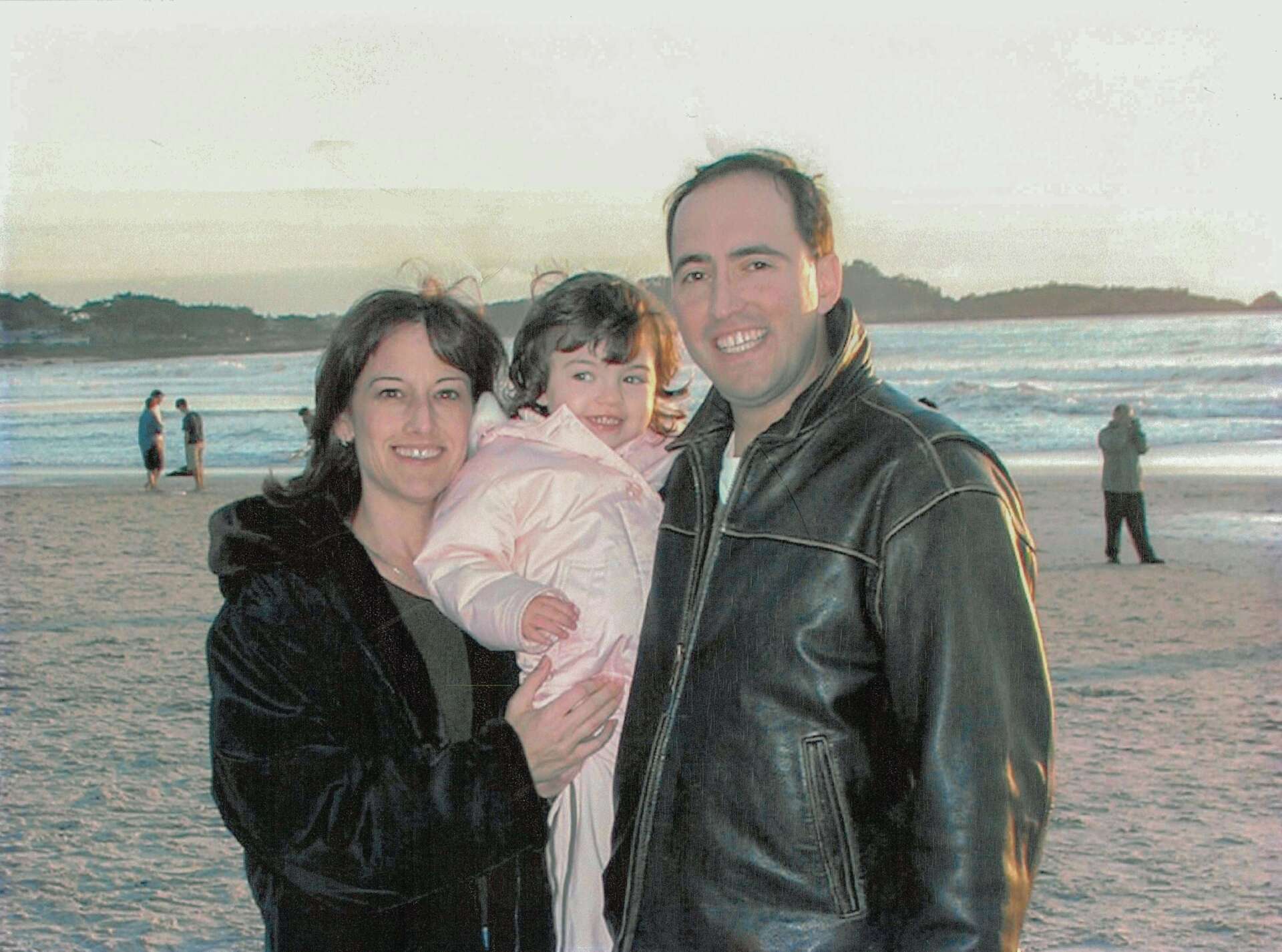


We’d love to hear a story of resilience from your journey.
When are told, “you have cancer,” your life as you know it stops for yourself, your care partner, your friends and family—so those words really mean: “WE have cancer.”
The sobering fact is that many people with stage IV diagnoses do die. Cancer confronts us—and our loved ones—with our own mortality. Together, we travel through dark and lonely places.
My advice is to be selfish in your times of need. Learn how to accept help and be grateful. This gives others a chance to offer time, prayer, assistance, money, love and more to help lift you back up. I have had to climb back up through two, long struggles with stage IV cancer, 30 years apart. The first time, when my sister Cheryl saved my life, I moved from the East Coast to California to rebuild my life and career. I developed my technology career, built my confidence back up, played basketball (“my happy place”) to get my stamina and fitness back and I started to volunteer in the community.
Giving back to others and to important causes in the entire community is an essential part of living a resilient life. As with cancer, we’re all in this together. And, for me, the first thing that happened as I began to volunteer is: I met my wife. Another priceless gift I received from volunteering is my “son” Ian, who I met through a Big Brothers program.
My Silicon Valley career was fast paced and led to lots of stresses in our family life—so the miraculous birth of our daughter Emily was the cure that brought a workaholic home.
Then, cancer struck again. After a 2016 diagnosis of colon cancer, I found myself back in surgery, chemotherapy, clinical trials—and side effects galore. I consider it another miracle that a 13.5-hour surgery called CRS HIPEC—which included hot chemotherapy poured into my abdomen—finally saved my life. I’ve now reached the point of no evidence of disease at this time (NED).
My life has a bright future as an author, speaker, podcaster, survivorship coach and health tech consultant. Whatever dire obstacle you may be facing—you can get back up again! I am living proof, every day.
We are more resilient than we know—and accepting help from others is the essential first step.


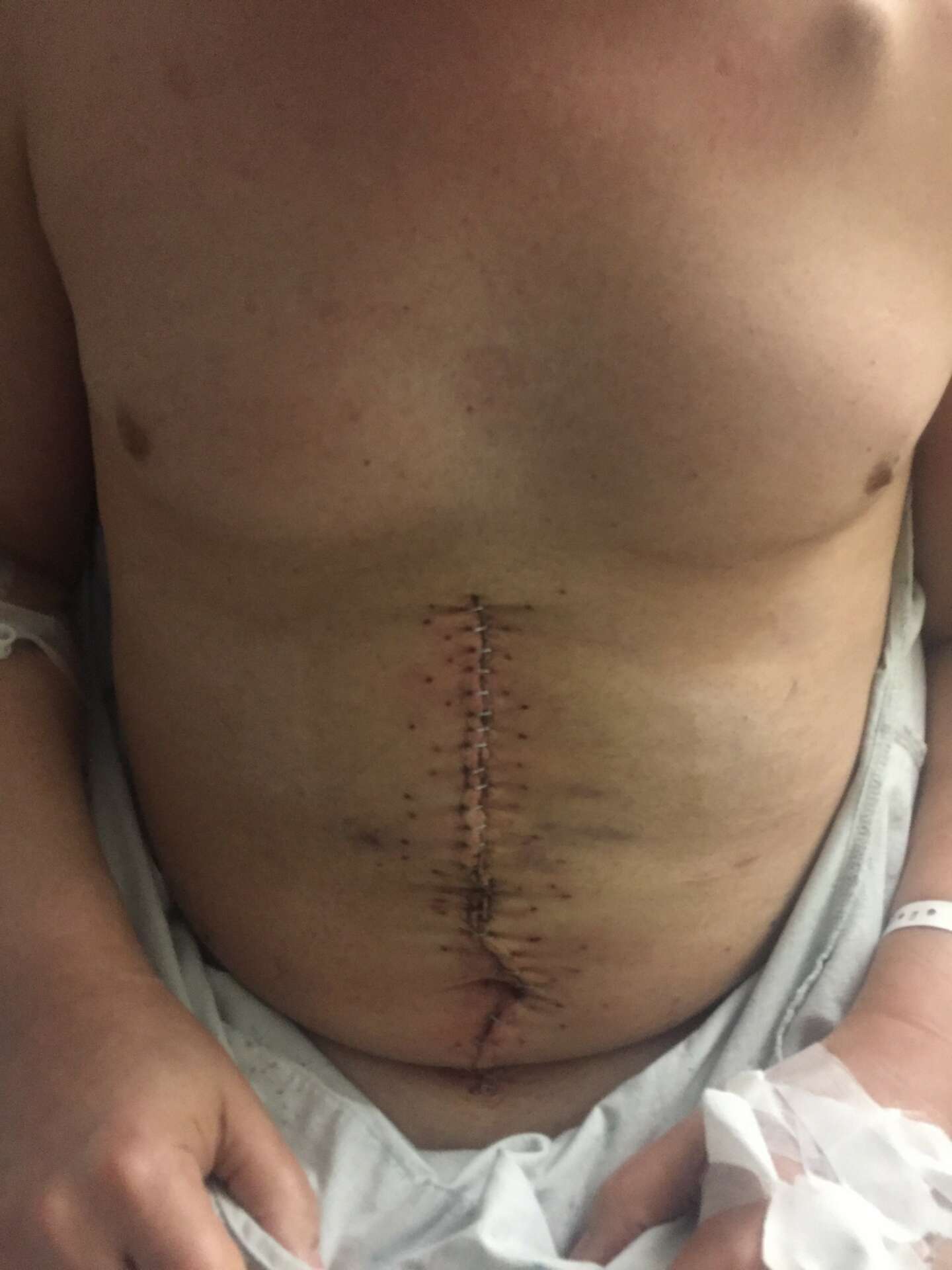
We often hear about learning lessons – but just as important is unlearning lessons. Have you ever had to unlearn a lesson?
The lessen I continue to re-learn is intentionality. We are placed on this earth for a very short time and being deliberate in my actions and values leads to a more authentic life.
Choosing to live a life of kindness means more than the words we may use with other people. More than what we say, purposeful kindness is shown in daily acts, small and large. When you ask me what I have to un-learn, it’s the tendency from early in my entrepreneurial career to focus so long and hard on the challenge at hand that I could forget to take a moment for kindness and gratitude.
One of the big lessons of surviving cancer twice is we are placed on this earth not for what we can get—but for what we can give. Giving of our time, talents and money are powerful tools in our super-hero tool belt that can be used each day to help others rise-up.
The world we live in can be a dark and tough place for many—especially when we feel alone. We all are aware, every day, of the brokenness in our world. We are just coming out of the Covid pandemic—and the world as we knew it has changed. The perennial challenges of isolation, loneliness and depression are at record levels. What we choose to do, each day, can make a huge difference in sparking health and wellbeing.
We simply must un-learn habits that isolate us—and learn how our intentional kindness and gratefulness can become a force-multiplier for good and positive change. I call that movement simply: Shining Brightly.
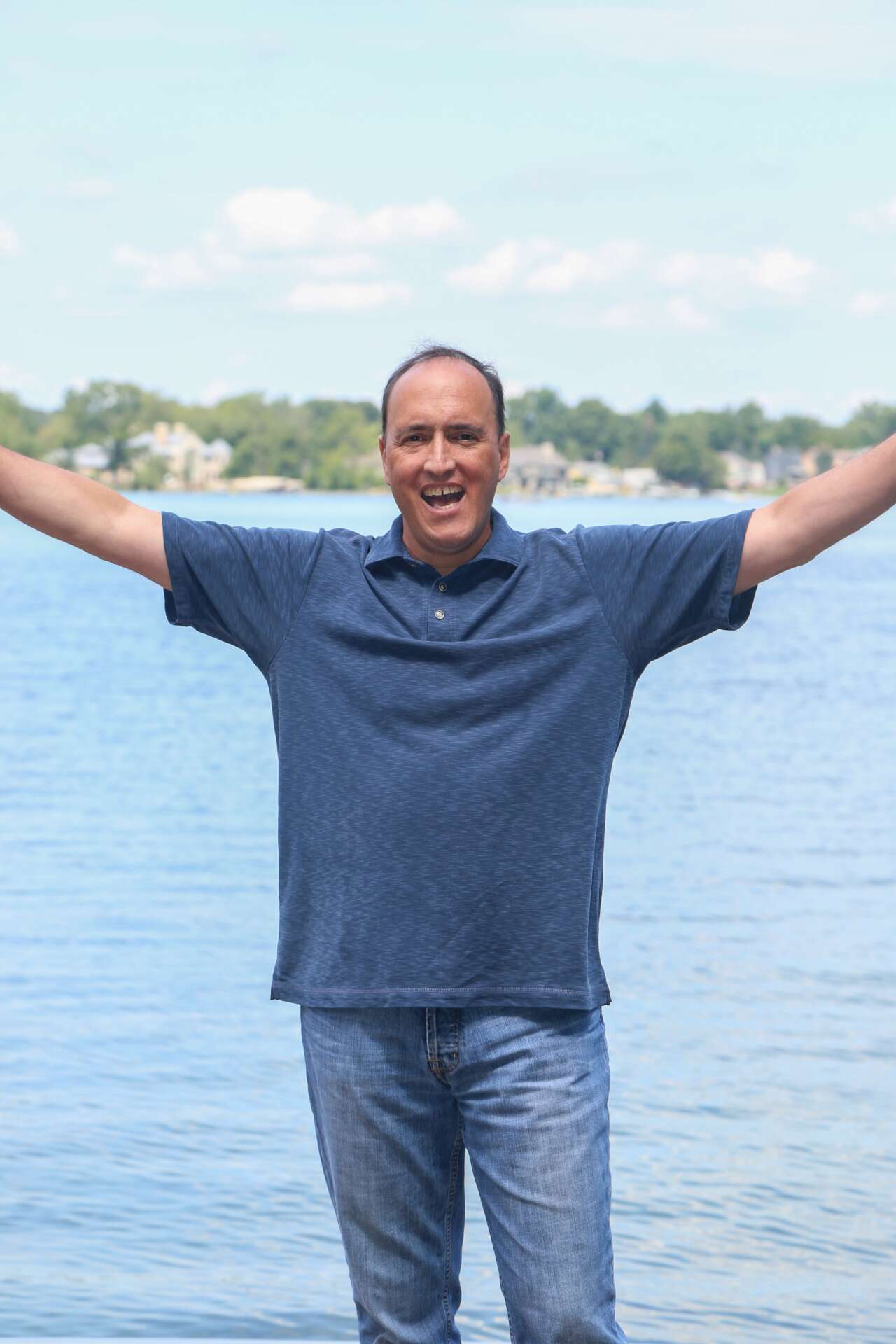
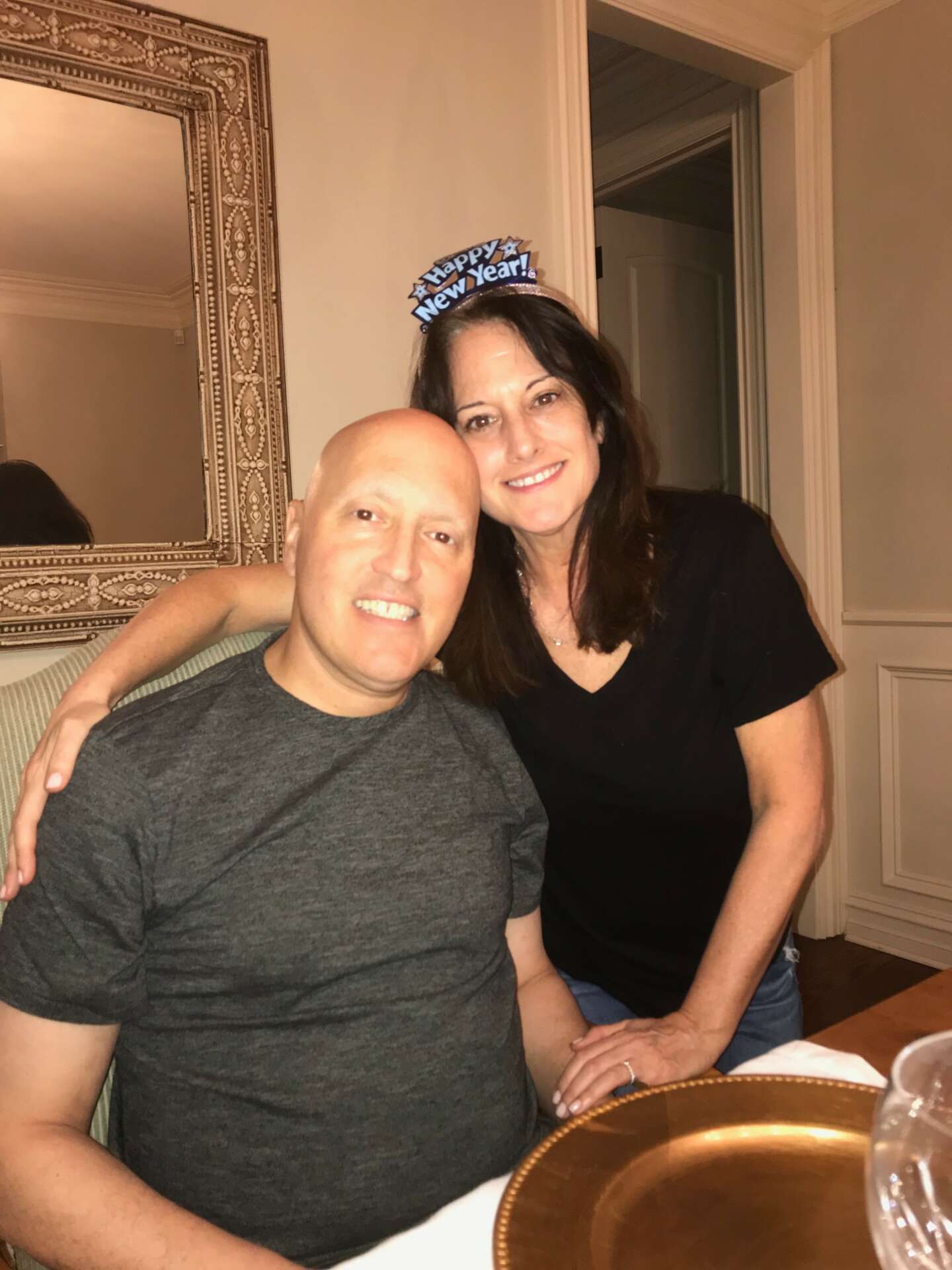
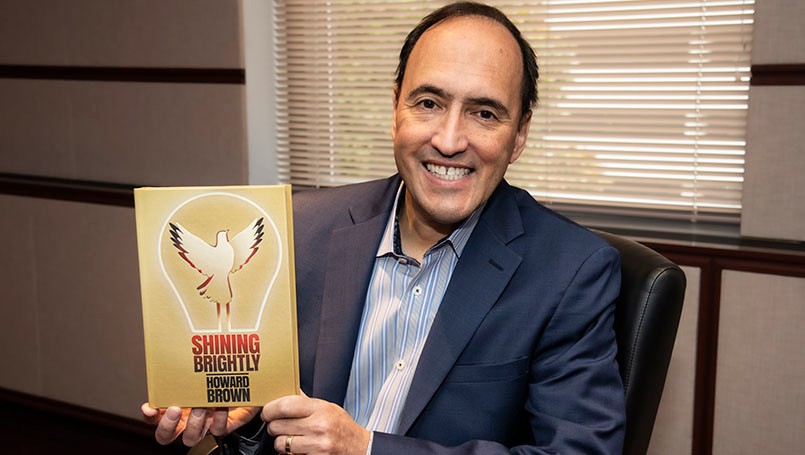
Contact Info:
- Website: www.shiningbrightly.com
- Instagram: @howard.brown.36
- Facebook: https://www.facebook.com/howard.brown.36
- Linkedin: https://www.linkedin.com/in/howardsbrown/
- Twitter: @circlebuilder
- Other: https://medium.com/authority-magazine/howard-brown-i-survived-cancer-and-here-is-how-i-did-it-ce6d8faf6749
Image Credits
Many of these photos are included in my book Shining Brightly. They are owned exclusively by me Howard Brown


